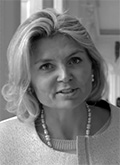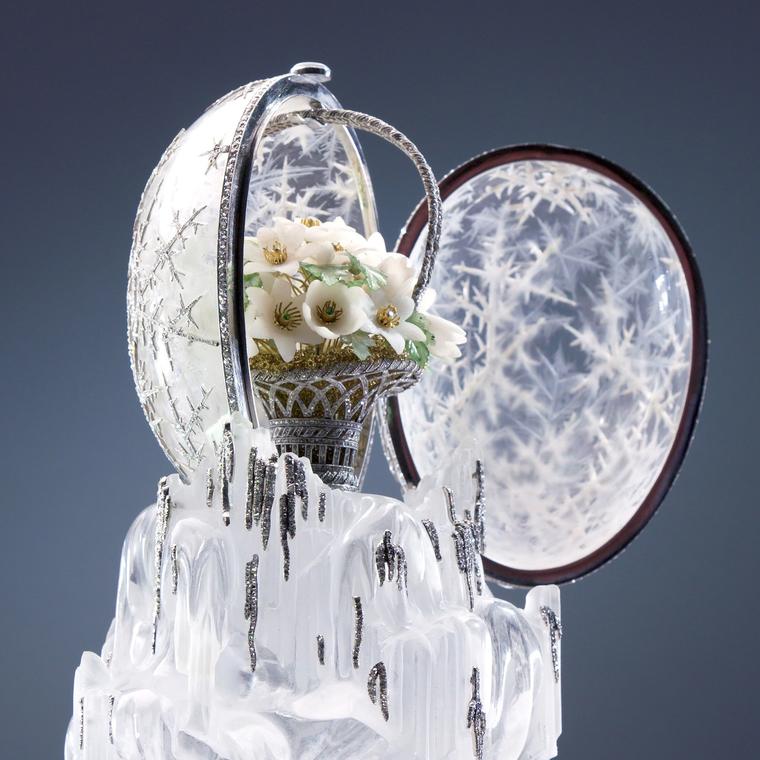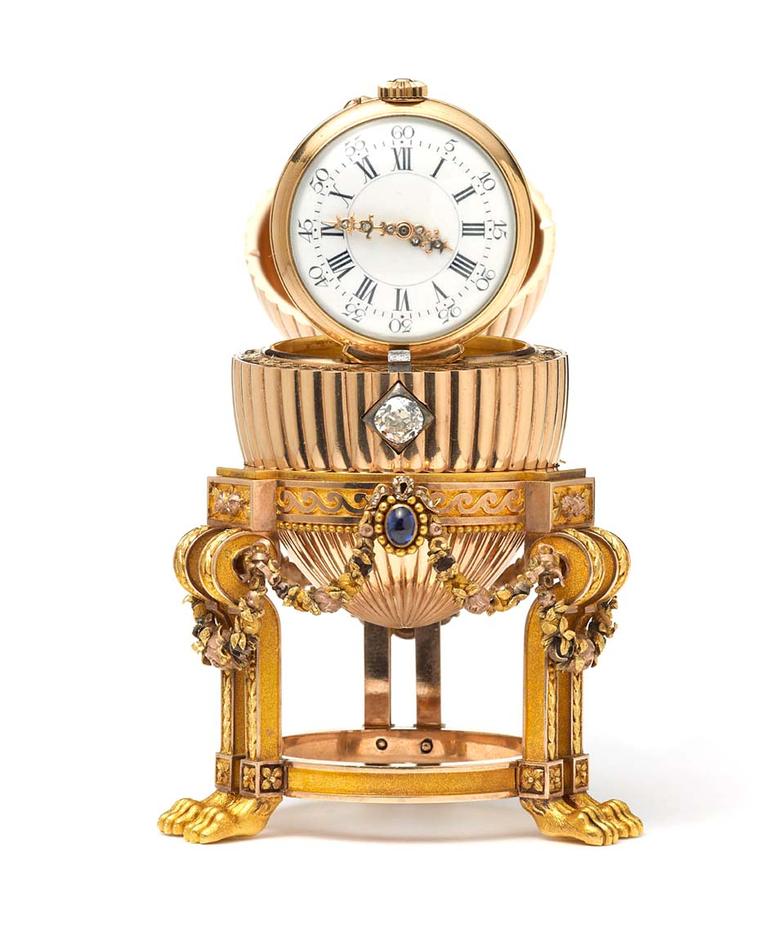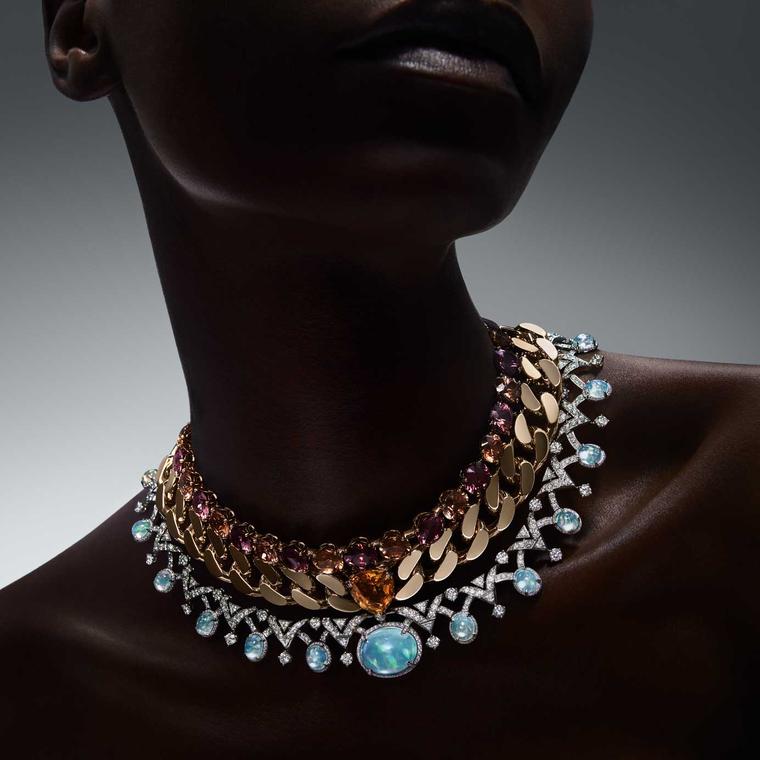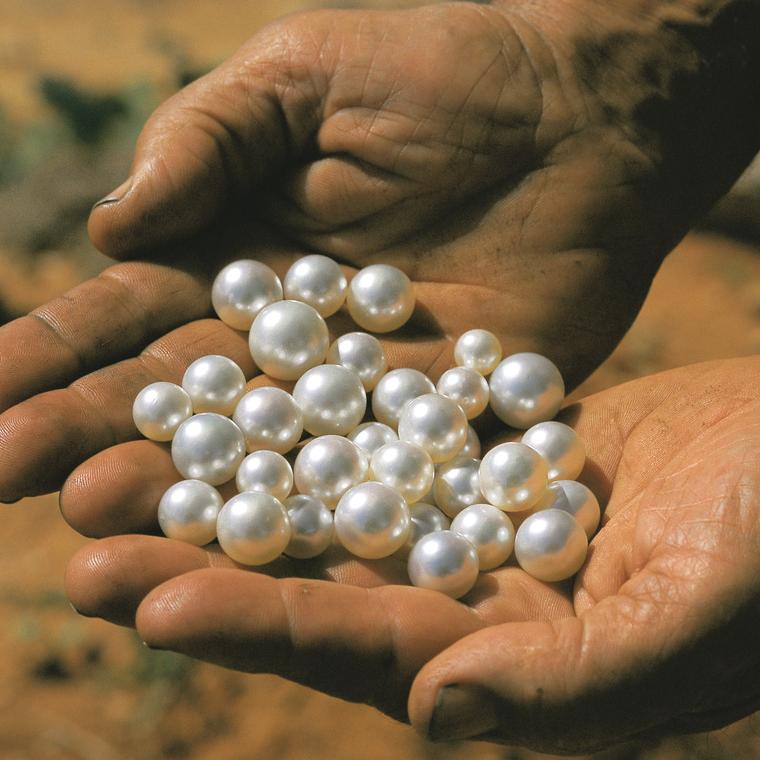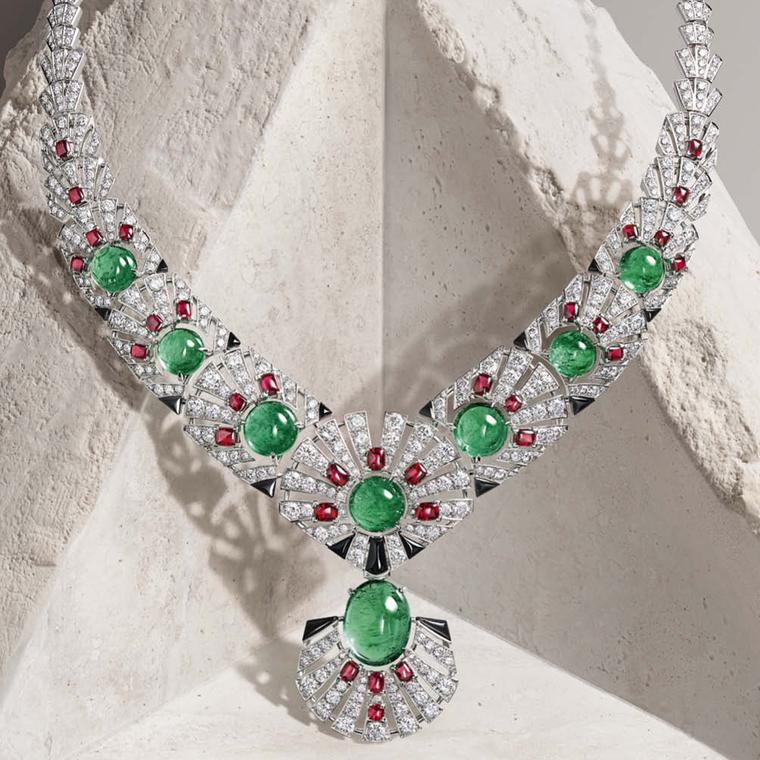
Speculation abounds as to who will buy the 1913 Fabergé Winter Egg at Christie's auction house on 2 December 2025. One name at the top of the list is Sergei Mosunov, the Russian tech investor, who this summer bought jewellery house Fabergé for $50 million from UK mining company Gemfields. The Financial Times reports that Mosunov travelled to Qatar to buy the fabled Egg that is in the possession of the Qatari princely collections. As the auction proceeds according to plan, it appears he was not successful in his mission.
The last Fabergé to appear on the market was the 1887 Third Imperial Egg, saved from a scrap heap in America's Midwest. It was bought for $14,000 with the sole intention of selling the Egg for its scrap metal value. Luckily, no one was willing to pay more than $500, so the seller persevered and, by googling Vacheron Constantin, the maker of the gold watch it contained, discovered it was a Fabergé egg. It was sold at auction for $33 million in 2014. Other notable sales include the 2004 purchase by Russian oligarch Viktor Vekselberg of the Forbes Collection (9 eggs) for an estimated $100 million, and he brought them back to Russia.
The Winter Egg was last sold on 19 April 2002 by Christie's New York (for $9,579,500 ) and has been in the Qatari collection since. Fabergé Imperial Eggs, made for the Russian royal family, are the ultimate collectors' prize. It is believed that Fabergé made 50 eggs in St Petersburg between 1885 and 1916. Most disappeared after the Russian Revolution, when they were confiscated by the Bolsheviks, and sold along with the other Romanov treasures for well below market prices. Meanwhile, the hunt is still on for the two surviving eggs not yet located : the 1889 Necessaire Egg, last recorded at Wartski in 1952, and the 1888 Cherub Egg with Chariot, last recorded with Armand Hammer in New York in 1934.
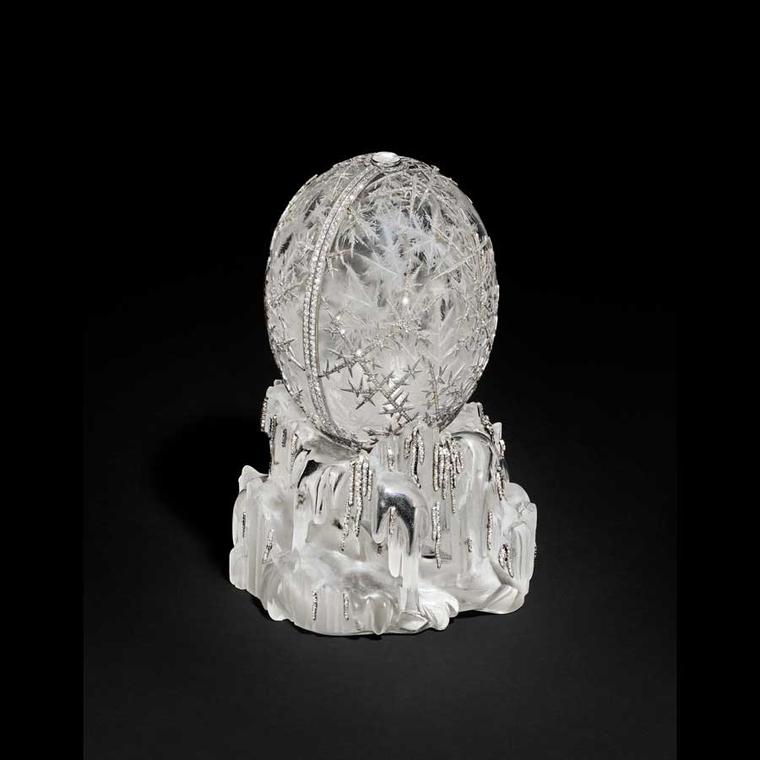
The Winter Egg was made in 1913, the year of the 300th anniversary of the Romanov Dynasty. It was commissioned by Tsar Nicholas II as an Easter gift for his mother, the Dowager Empress Maria Feodorovna, and is considered the most technically and artistically inventive egg commissioned by the Imperial family. Designed by Alma Theresia Pihl at the age of 25, she was the daughter of Oscar Pihl, the Finnish master of Fabergé's Moscow workshop. The Egg was made in her uncle Albert Holmström's workshop in St. Petersburg in 1913. The young Alma Theresia Pihl, one of the few women who worked with Fabergé, was inspired by the fleeting beauty of watching ice crystals form on a pane of glass while looking out the window on a winter day.
The Egg is carved from rock crystal and mounted with platinum and thousands of rose-cut diamonds that form a breathtakingly realistic pattern of snowflakes. Inside is a basket of platinum from which bloom wood anemones intricately carved from white quartz, symbolising the arrival of spring and rebirth after winter. Alma Theresia Pihl went on to become one of Fabergé's star designers behind the house's most remarkable eggs and in 1914 designed The Mosaic Egg which is now in The Royal Collection in the United Kingdom.
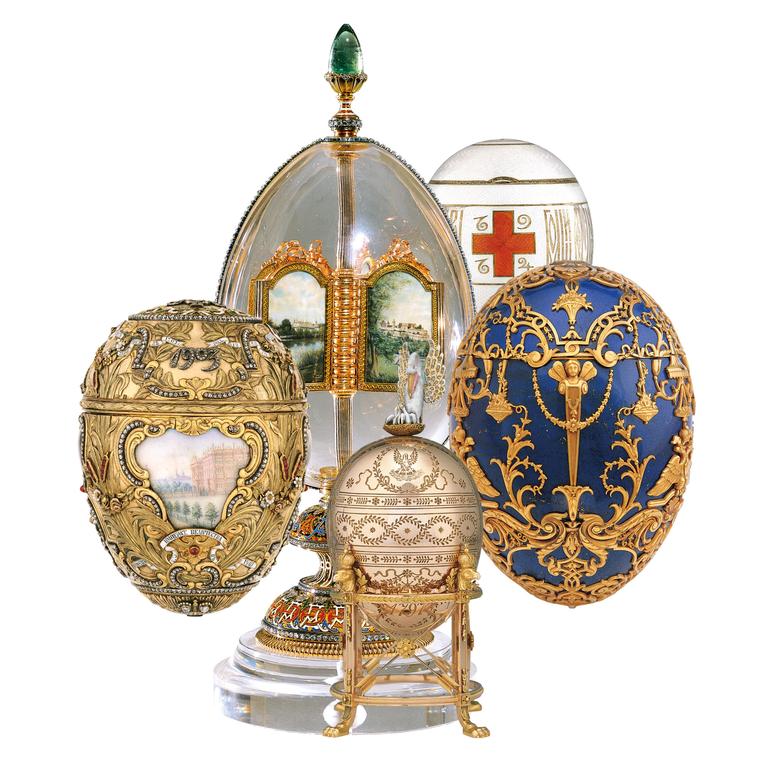
The Soviets seized the Winter Egg from the Romanovs, and in 1917, it was sold for a fraction of its value. Christie's comments on its journey since then: "Wartski of London acquired the Winter Egg in the late 1920s or early 1930s for £450. Wartski sold the Egg in 1934 to Napier Sturt, 3rd Baron Alington, a British collector and landowner, for £1,500. It later entered the collection of Sir Bernard Eckstein, a prominent British art collector, subsequently selling at auction in London in 1949, listed as property of Sir Bernard Eckstein, where it was purchased by Mr. Arthur Bryan Ledbrook for £1,700. The Egg disappeared in 1975 after Ledbrook's death. In 1994, it was rediscovered and sold at a Christie's auction in Geneva the same year, setting a world record for a work by Fabergé at 7,263,500 Swiss francs. Eight years later, on 19 April 2002, the Egg was once again put up for auction at Christie's, this time in New York, where it again set a world record of $9,579,500."
All eyes will be on the Christie's The Winter Egg and Important Works by Fabergé from a Princely Collection sale next week in London. It remains to be seen if Mr. Mosunov be bidding and what the final price will be for this treasure of treasures.



